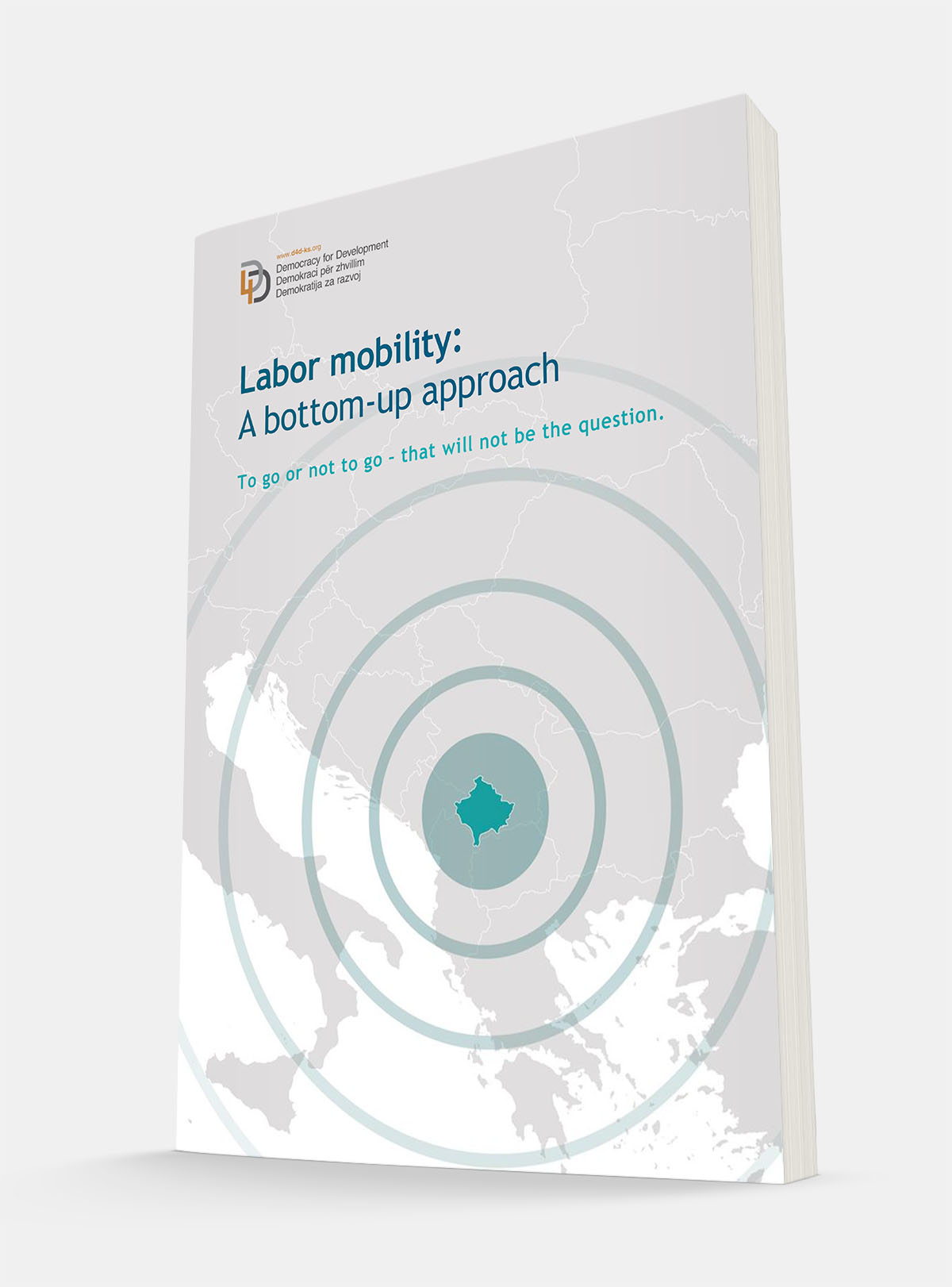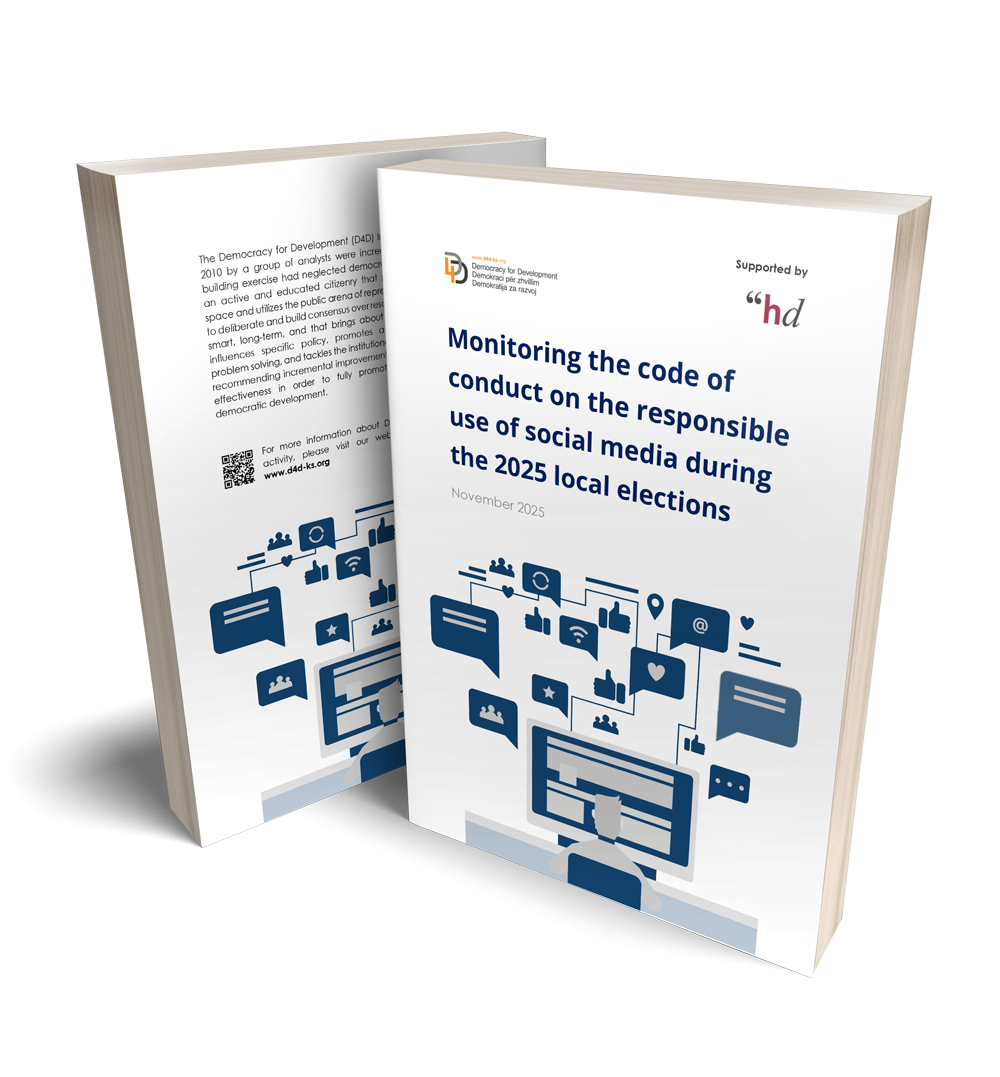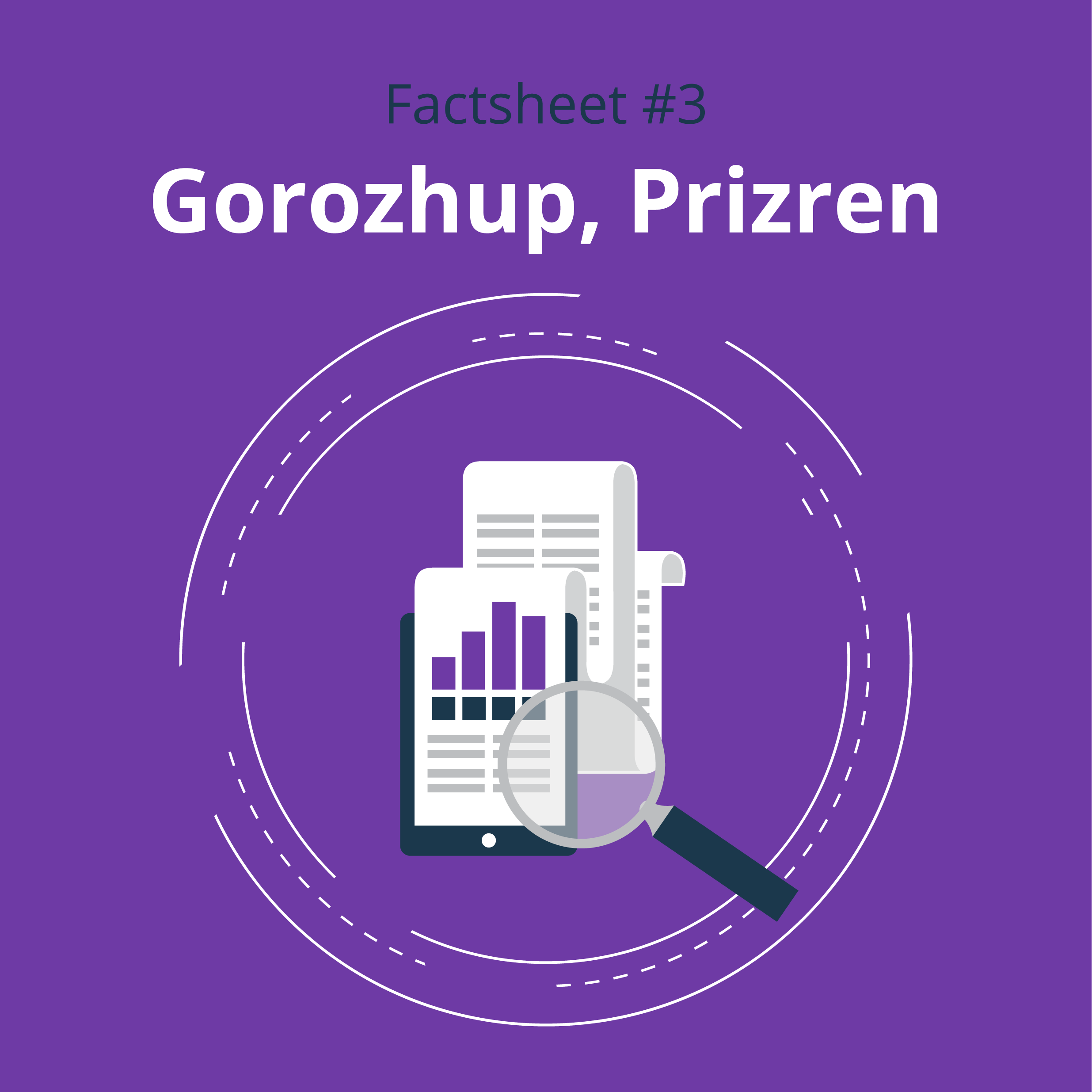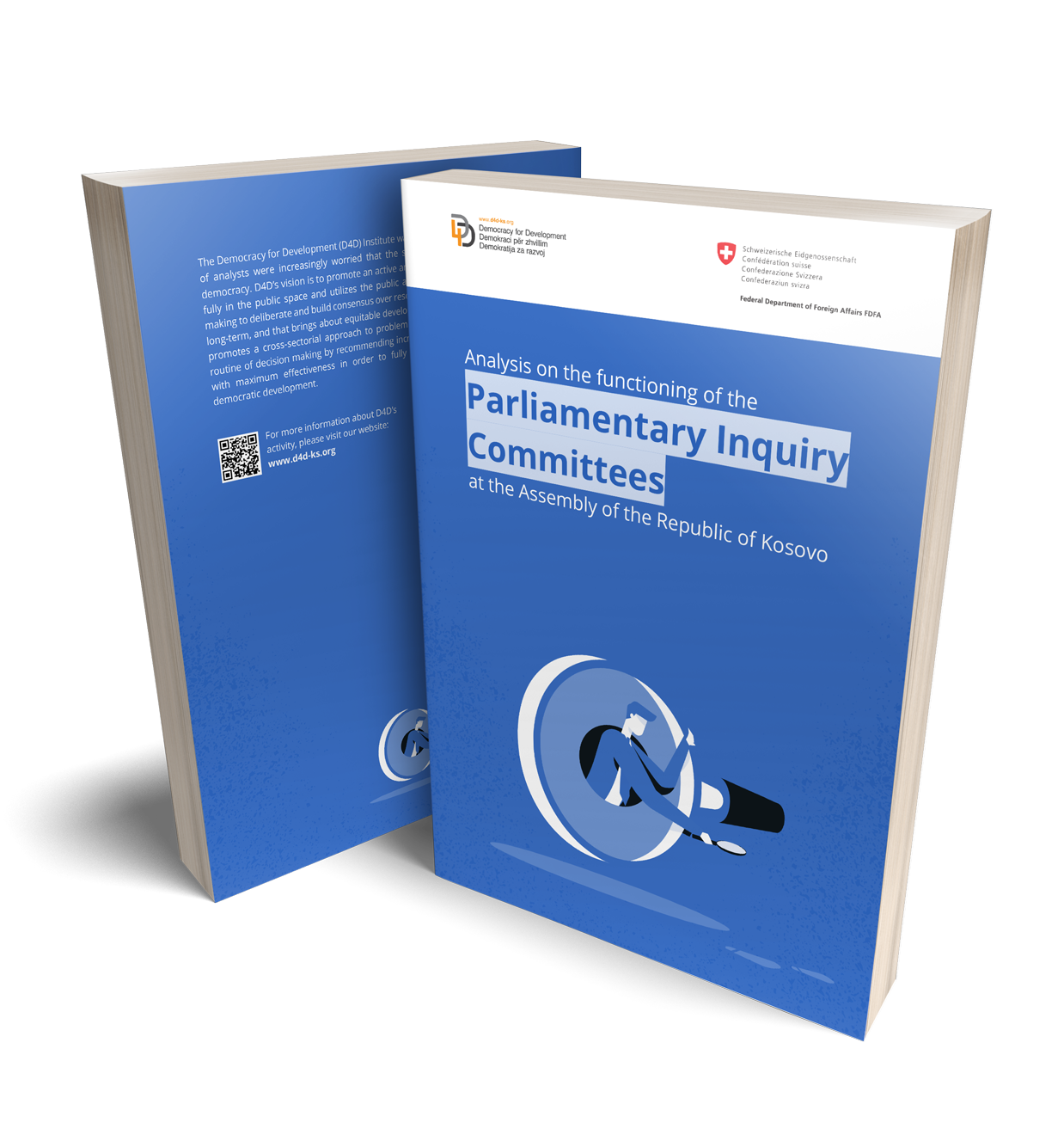
Migration is not a new phenomenon – at least in its occurrence. Yet in the recent years it has been increasing rapidly as in 2020 there are 83% more migrants compared to 2000[1]. As such migration has also gained space in the public discourse as people are on the move for economic, political, and humanitarian reasons. Migration is not concentrated on a particular region, but emigration is more evident in the Western Balkans compared to other parts of Europe. The issue is not emigration per se but it becomes an issue when there is a high rate of non-returnees. The high rate of people that never return back to the origin country, and especially if they are part of the labor force, propagates a variety of labor related policy issues.
This paper is a nonconventional approach, at least for think tanks, by D4D Institute to use agent-based models to explain how policies affect behaviors of people in regards to the labor market and mobility. The paper analyses Kosovo’s context and trends in the labor force, provides case models of how labor demand-supply can be affected by new policies, and how a regional approach by the Western Balkan countries is needed.




